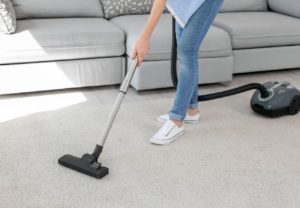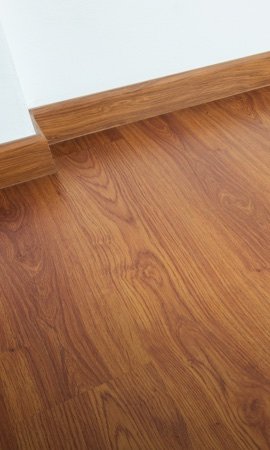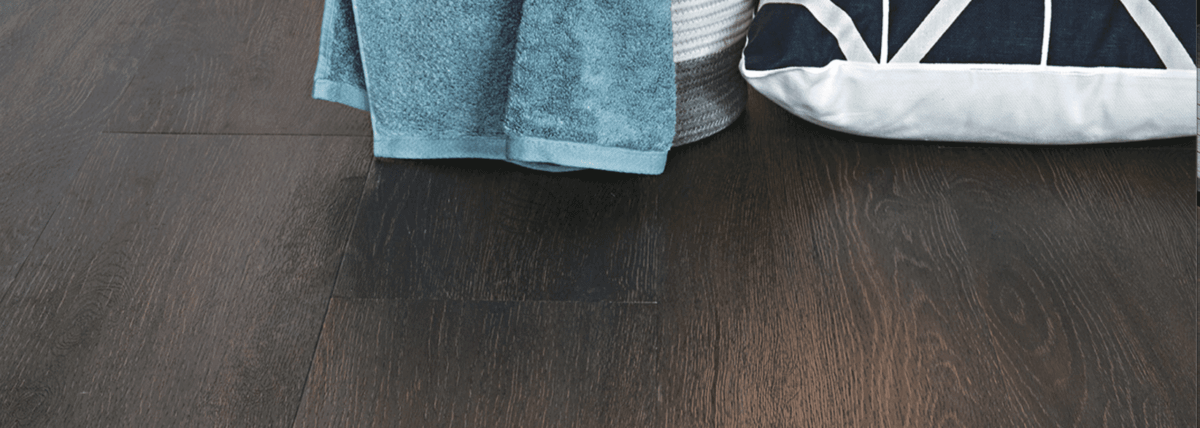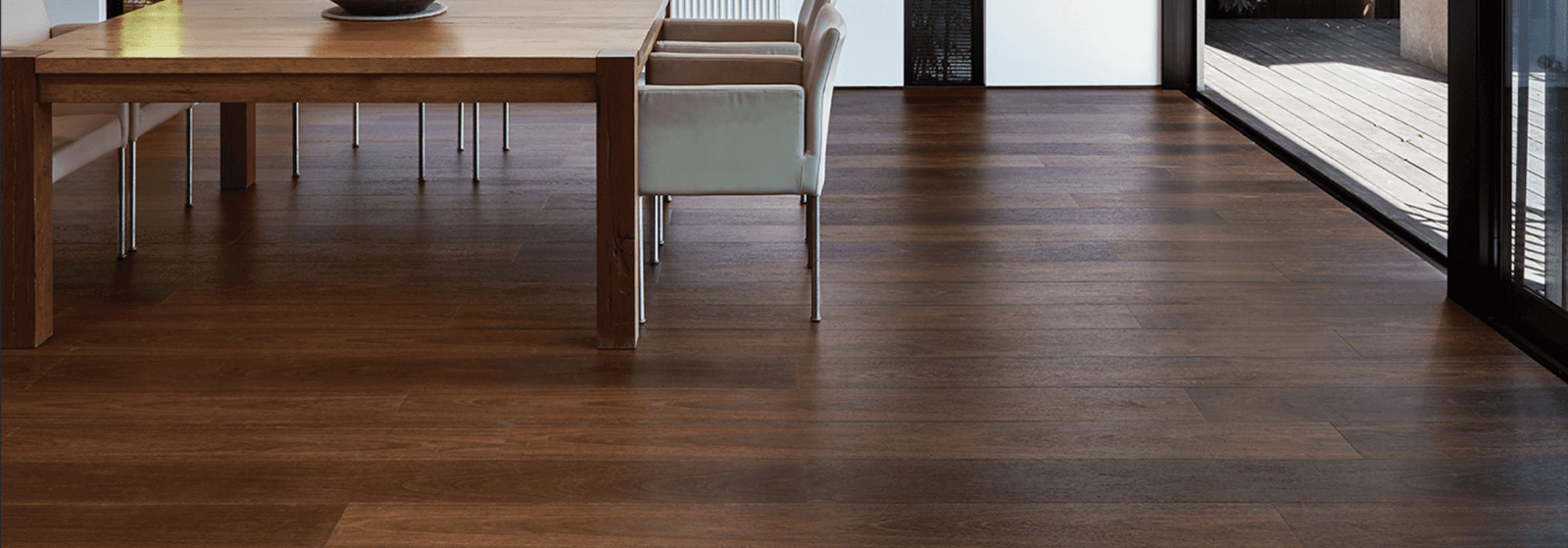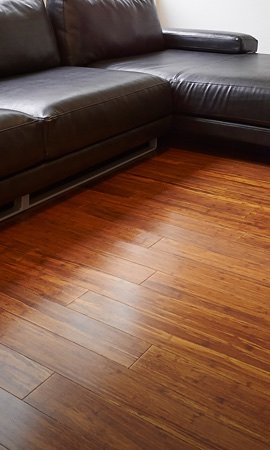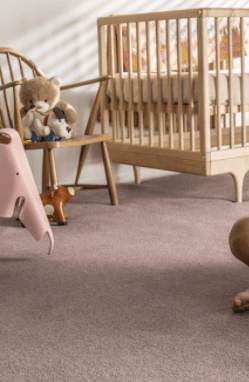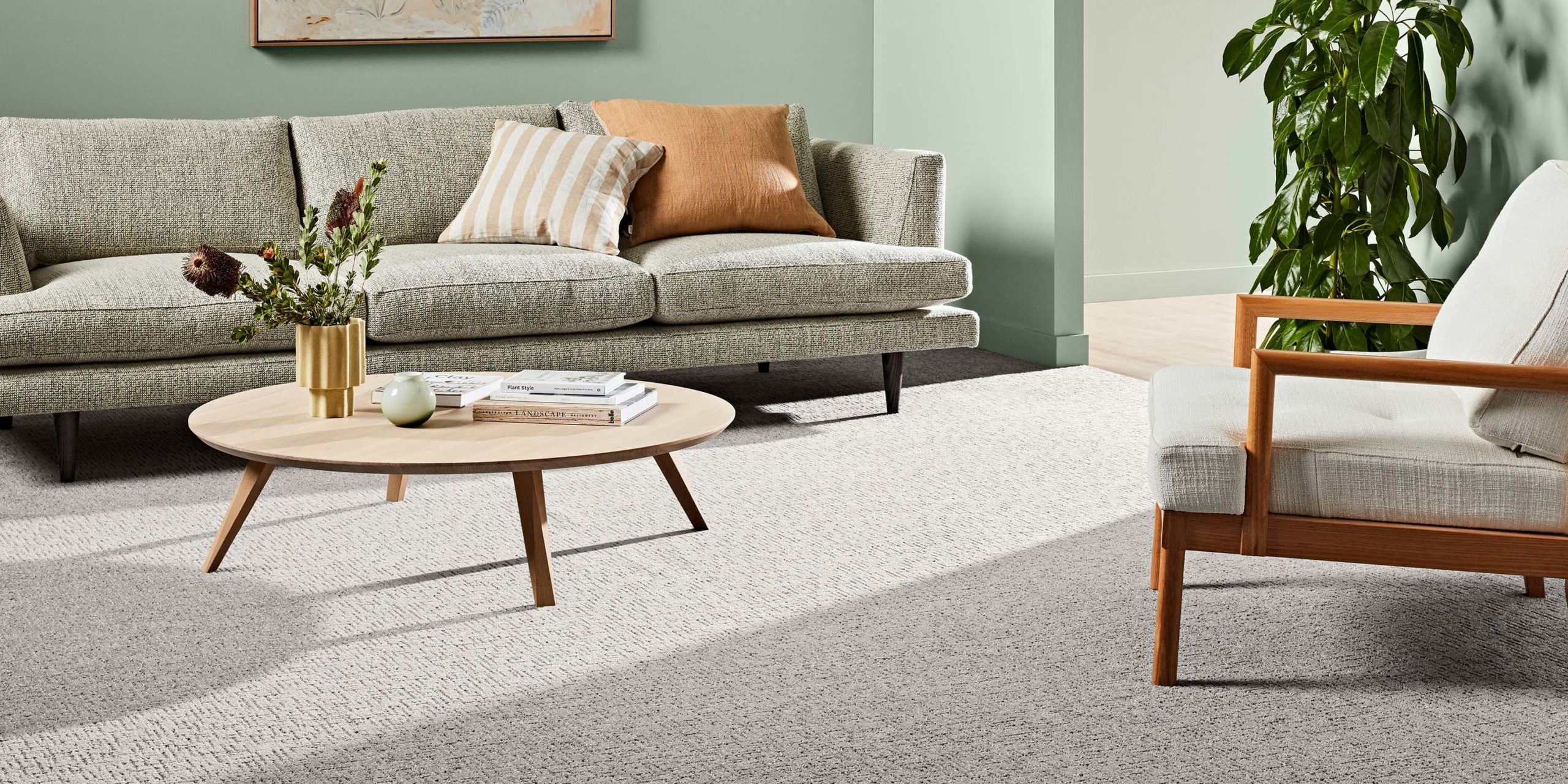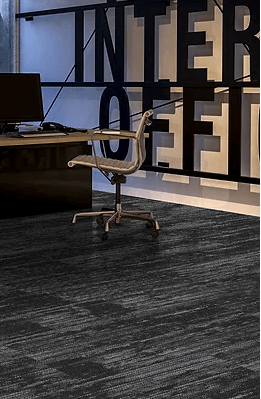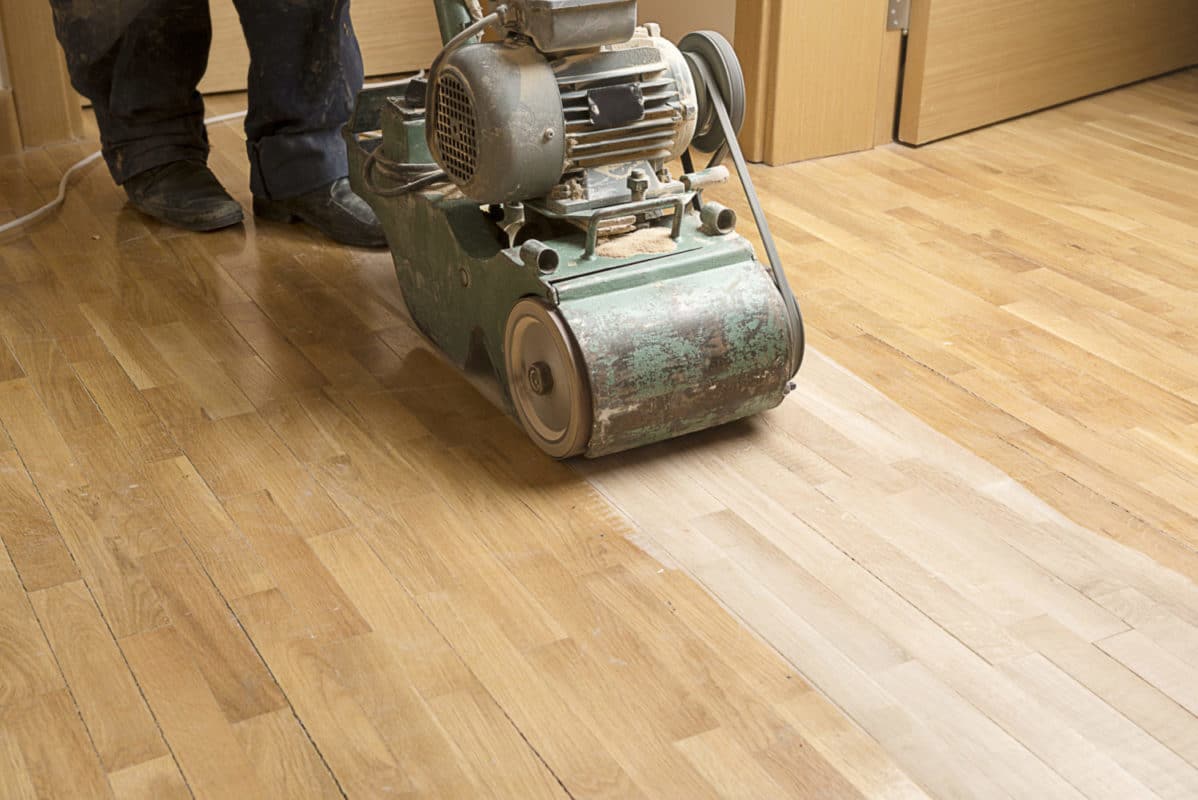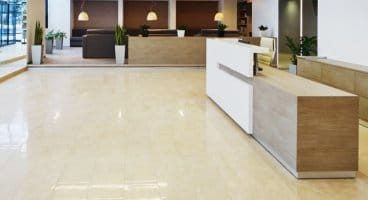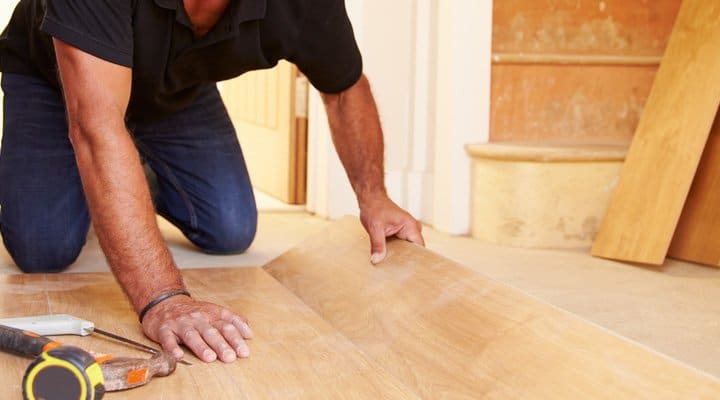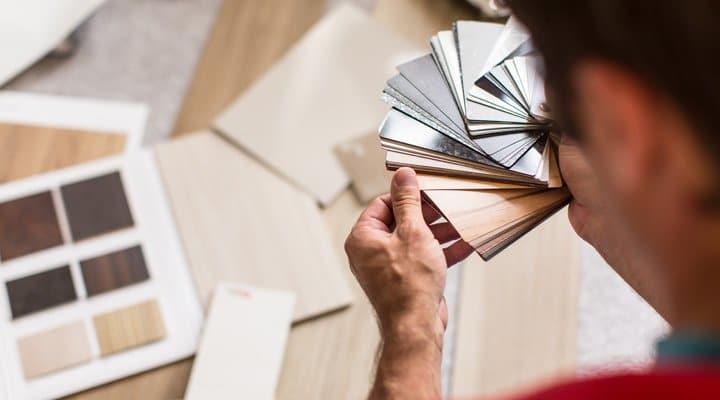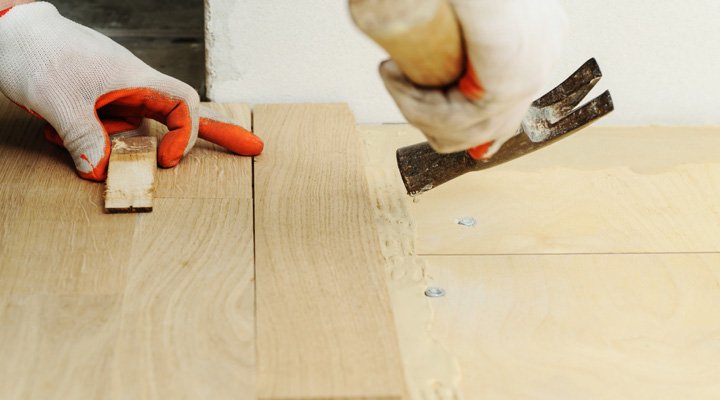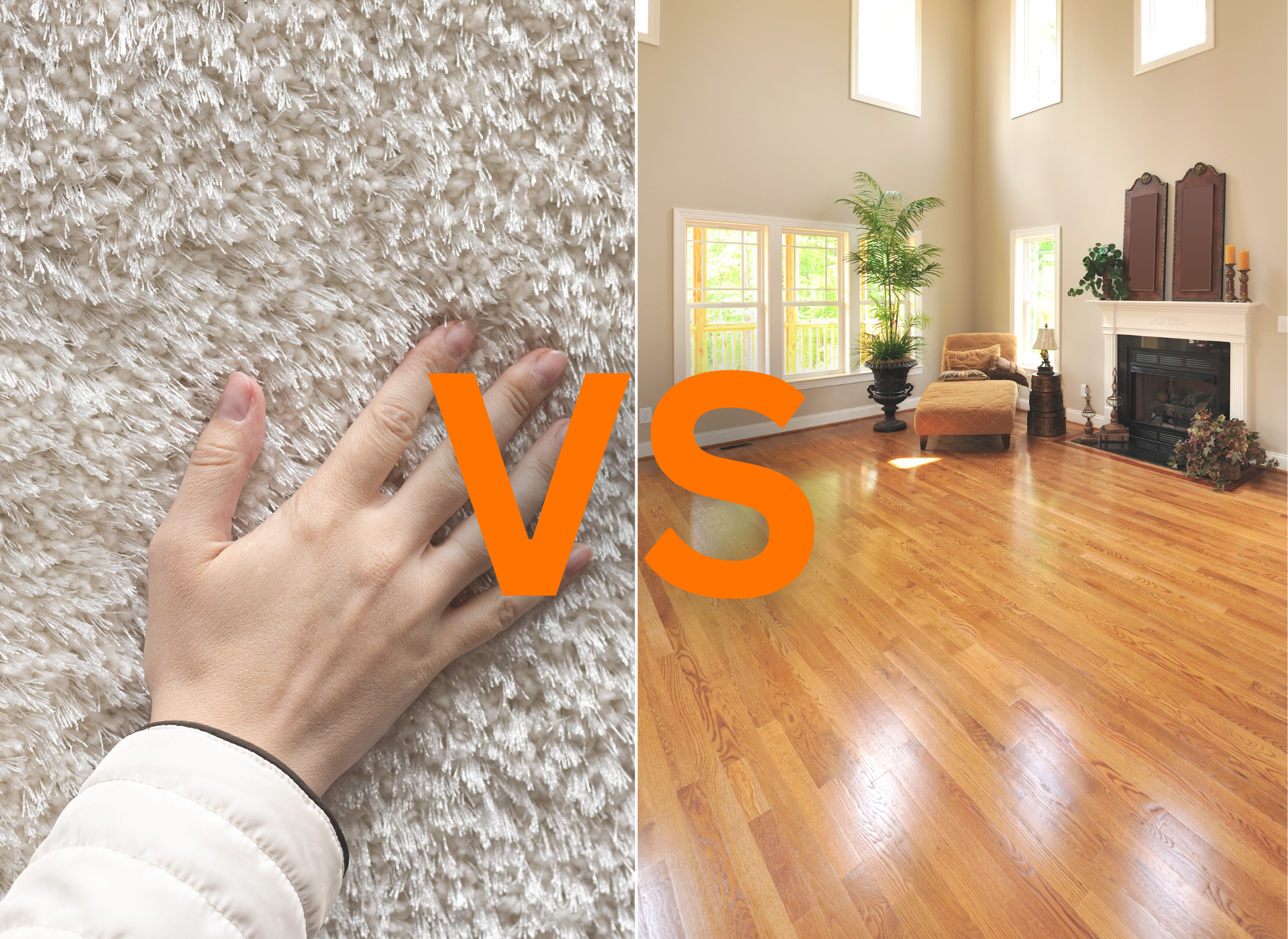

09 Jan Carpet vs Engineered Timber Flooring
When it comes to choosing the right floor for your home, many factors must be considered. The sheer variety of flooring options to choose from can be overwhelming. The battle between hardwood flooring and carpet has been long drawn out, and the “best” option really depends on where you intend to install the floor and who’s living on it.
Direct Comparison – Hardwood Flooring vs Carpet
Durability & Longevity
Carpet has a lifespan that ranges from 5-15 years depending on the quality and material of the carpet. Whilst high-end nylon and wool carpets should last over a decade, real wood always wins when it comes to longevity.
Engineered timber flooring typically lasts 20-30 years, especially because thicker engineered floors can be sanded and polished.
Winner: Engineered Timber flooring
Comfort
Carpet is without a doubt much more comfortable underfoot. Not only are they softer than hardwoods, carpet also offers superior temperature insulation and noise reduction. Whilst engineered flooring can also be laid on thicker acoustic underlay options, carpet will always outclass engineered flooring in terms of noise. Overall, carpet takes the win when it comes to comfort.
Winner: Carpet
Design
Carpet offers a large array of colours and styles including loop piles, twist piles, carpet tiles & planks to mention a few. Some also offer various patterns to add spice to your rooms if you want to escape the plain colours.
Engineered hardwood floors also provide many different timber looks including Australian hardwoods as well as European Oak woods with many different colour stains.
With design and aesthetics, it really depends on your individual preference, hence it is a tie!
Winner: Subjective choice (up to you)
Water Resistance
No doubt, carpet is a material that does not fare well with moisture or water. Mould growth and rotting is a major concern in high moisture areas for most types of carpets.
Engineered timber flooring is more water resistant than carpets, especially with some more innovative options including almost 100% waterproof engineered flooring ranges.
Winner: Engineered timber flooring
Cost & Budgeting
Carpets are definitely much more affordable to install compared to engineered timber flooring, typically ranging from $40 – $150 per square metre fully installed depending on the material and thickness. Natural wool carpet sits in the higher priced side and can match the cost of engineered timber flooring.
Engineered wood flooring can cost anywhere from $90 – $170 per square metre for supply and installation, varying depending on the thickness of the timber and installation method.
Overall, carpets will be more affordable, however both have a huge range. Luckily we have a complete cost guide to both types of floor coverings. Learn more about how much carpet costs here and how much engineered wood floors cost here.
Winner: Carpet
Installation Difficulty
Carpet is very rarely installed as a DIY project since they require skilled workmanship and specific tools which are not commonly found in households. Furthermore, the work is dangerous as there are spiky edge grips with sharp nails and heavy loads to carry. Hence carpets should only be installed by professionals or skilled handymen.
Thinner engineered flooring on the other hand is installed as a floating floor which requires no glue or nails. Installing engineered flooring is DIY friendly as long as you can access a drop-saw.
However, thicker engineered wood floors with a “tongue and groove” system instead of a “click-lock system” must be glue-down installed, which is less DIY friendly. We recommend professional installation for glue-down engineered timber flooring.
Winner: Engineered Flooring (Unless it has a tongue and groove profile)
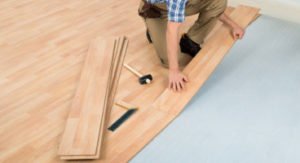

What Is Engineered Flooring
Engineered timber flooring is a type of layered “timber floor” with multiple layers comprised of several pieces of plywood/composite core and a surface veneer of real timber wood.
It is a great way and possibly the best way for you to combine the benefits of real wood aesthetics at a lower price and better stability than solid timber flooring. Engineered wood is also known for its versatility of a floating floorboard design – making it suitable for applications including commercial and multi-residential.
What Is Engineered Flooring Made Of?
Engineered timber flooring is comprised of multiple layers. The upper layer often consists of real oak or hardwood timber (solid wood) that is bonded to pieces of plywood or a composite core underneath.
Traditionally, engineered floors use a multi-layered plywood core. This implementation of plywood in the engineered timber keeps the price competitive without compromising on the structural integrity of the flooring material. It also limits any unwanted natural expansion and contraction throughout the year due to seasonal changes in terms of temperature and moisture.
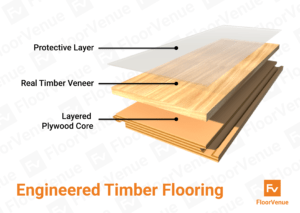

HydroPro Engineered Flooring – Waterproof Real Timber
Newer engineered flooring ranges including HydroPro Aussie Timber and HydroPro European Oak now utilise a 100% waterproof composite core, making the flooring virtually immune to warping when exposed to water.
Advantages of Engineered Timber Flooring
1) Premium & Beautiful
Engineered timber flooring is a luxurious option in terms of flooring options. It still gives the premium aesthetic and surface of solid timber.
2) Longevity
Due to the implementation of timber flooring, Engineered timber flooring has excellent scratch resistance and is superior in terms of durability compared to carpets.
With the proper maintenance, engineered timber can last for multiple decades. With a good sanding and polishing, you can make the timber look virtually brand new. Engineered timber flooring has the capacity to be re-sanded typically 1 – 3 times over its lifetime, depending on the thickness of the real timber veneer on top.
3) Installation is easy
Engineered timber flooring can easily be installed as a floating floor. This method relies on the click-lock system, and is particularly suited for apartments. An acoustic underlay may be required. This will help increase comfort and reduce the echo-like noise of a hollow flooring surface.
Disadvantages of Engineered Timber Flooring
1) Not Real Wood
Although engineered timber flooring looks like and comprises hardwood flooring, it is still not full a solid piece of solid timber. This means it cannot be sanded an polished as much, and will feel less solid underfoot unless glued down during installation.
2) Higher Priced
Engineered timber floors hold a lower value than that of their predecessor, hardwood timber flooring. Yet, it is still an expensive option amongst flooring options, and definitely higher priced than most carpet ranges.
Intro To Carpet Flooring
Carpets are made up of different types of woven fibres that create a soft surface for your feet. Carpets come in all types of varieties. It is especially desirable for its comfort and warmth. Aside from comfort, carpets also offer superior acoustic properties especially for multi-residential living in apartments and units.
Unlike timber flooring, carpet is (generally) a more affordable flooring option. It will cut the cost of your flooring project and is highly advantageous. Carpets are definitely the budget friendly option compared to hardwood.
Advantages of Carpets
1) Keeps You Warm
During winter, carpets truly shine through when they keep your feet warm and cosy.
2) Soft & Luxurious
Carpets are the flooring option for those seeking comfort for your feet. They are optimal to keep your feet snuggled in.
3) Great For Young Children & Senior Residents
On chilly winter days, even socks pose no protection against the icy cold floors. However, carpets provide the needed protection for our fellow elderly people.
4) Wide range of variation
Carpets have a multitude of sizes, colours and patterns that give you the keys to becoming the designer of your home.
Disadvantages of Carpets
1) Cleaning & Maintenance
Carpets are not necessarily the friendliest floors to clean. Some options are better with stain resistance than others, the better ones include Triexta Carpet (up to 7 days stain resistance) or Solution Dyed Nylon Carpet (up to 48 hours stain resistance).
2) Indoor Air Quality
Due to the retention of all types of small debris such as dust and soil, carpets tend to trigger respiratory diseases such as Asthma unless regularly cleaned. To improve air quality, vacuum frequently, and occasionally perform a thorough steam clean within high-traffic areas.
